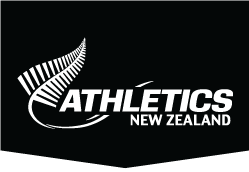Anne Audain
For trailblazing endurance star Anne Audain, no obstacle was too tough on her journey to the top of the global distance running tree.
Adopted as a baby and born with a bone deformity in both feet, the Aucklander underwent successful corrective surgery to later become one of the world’s first professional female athletes, a world 5000m record-holder and Commonwealth 3000m champion, in a story fit for a Hollywood blockbuster.
Raised in Otahuhu in South Auckland, her adopted parents noticed as a toddler she walked by shuffling on her heels and doctors later identified the bone deformity. Advised to undergo the surgery when her bones would be adequately strong at age 13, Anne was the victim of school bullying.
“I was teased and pushed on to a concrete water fountain at the age of seven or eight and I almost lost my sight in one eye,” she recalls of one unsavoury incident.
It was only the quick work of medics which saved her sight and she was to thank ...
